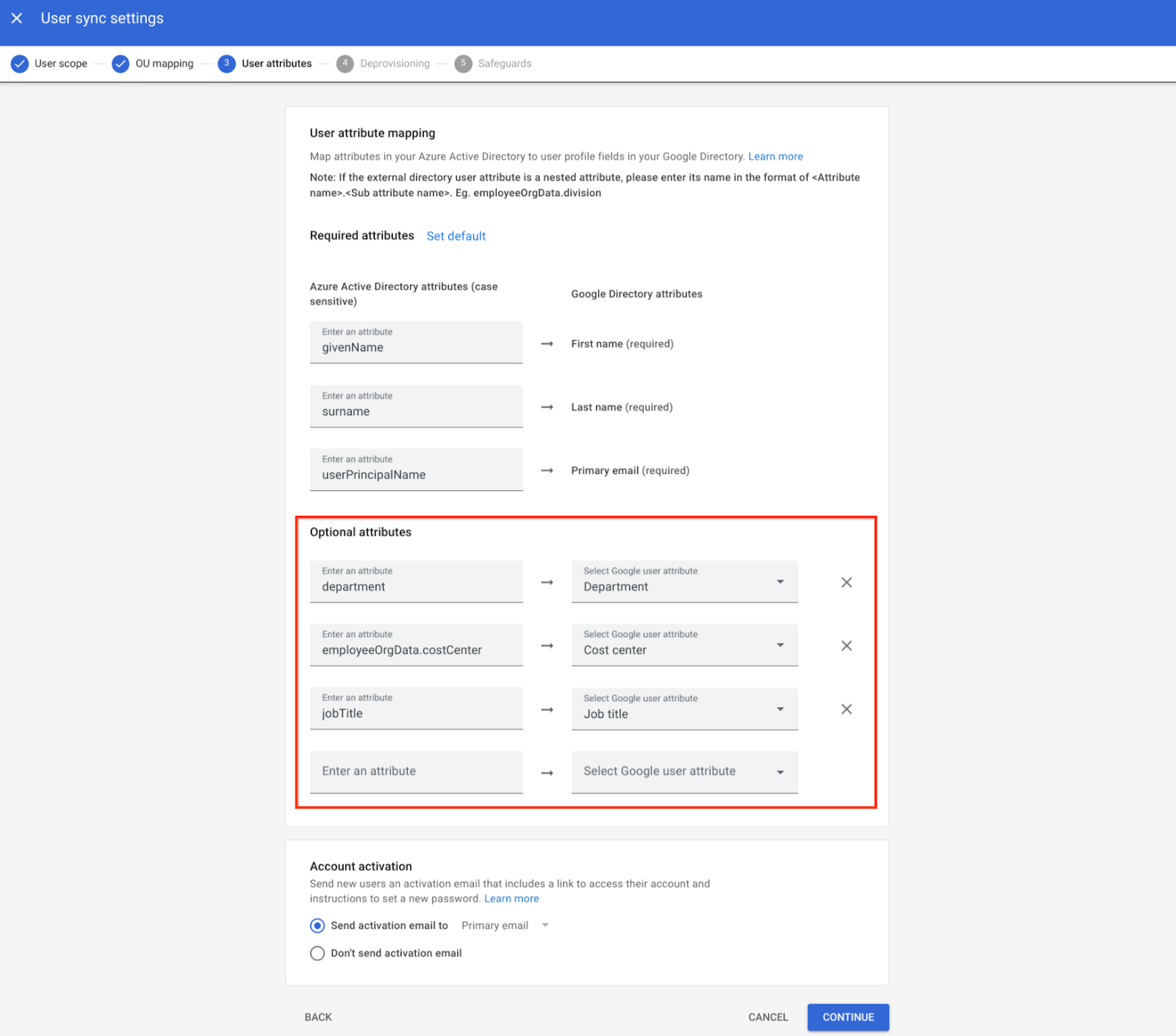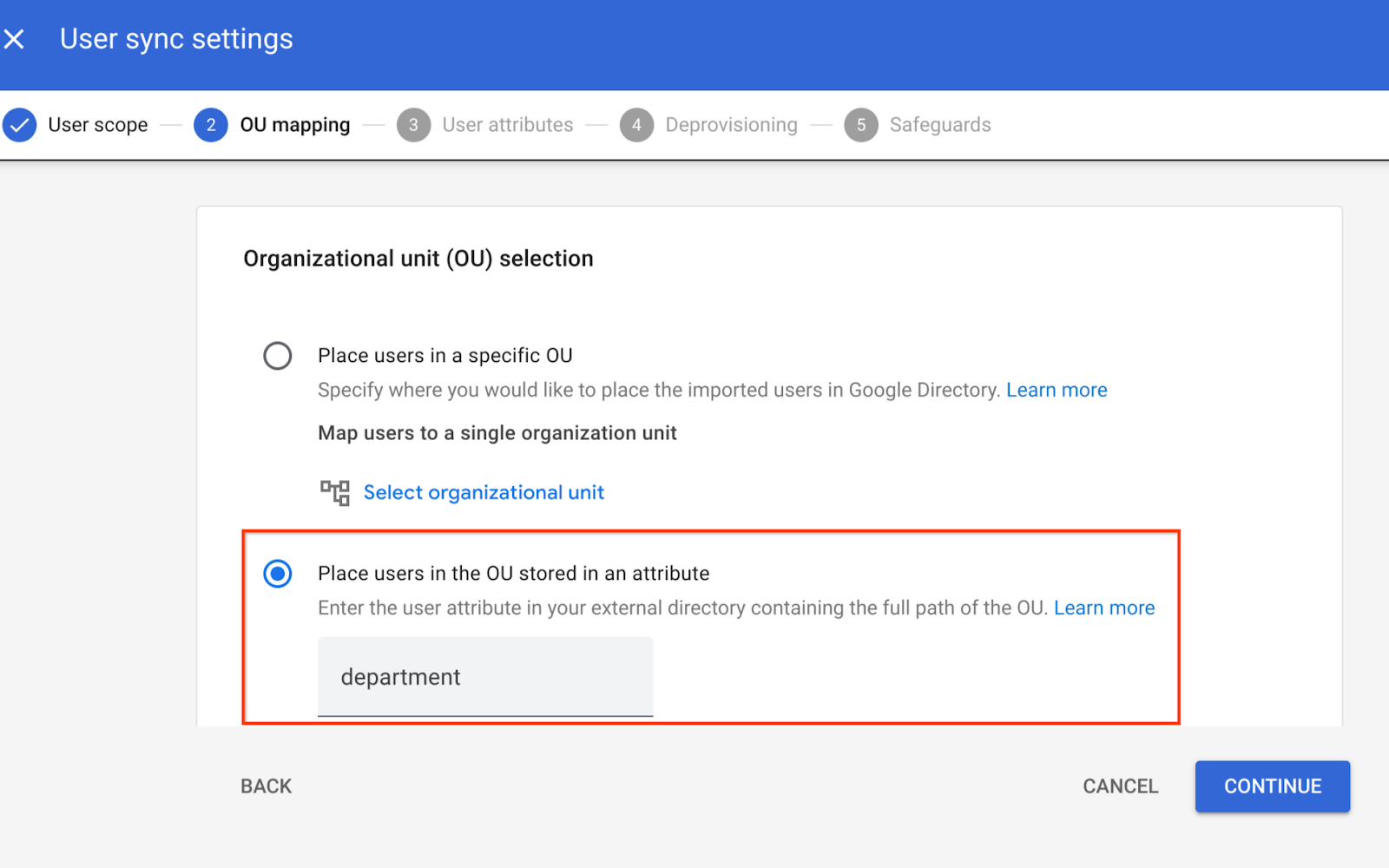What’s changing
In 2022, we introduced several improvements for managing Google Meet hardware devices. These improvements included surfacing additional information about device issues, such as a description of the issue, when the issue was detected, and more. Today, we’re taking these improvements one step further by providing admins with even more data points. Specifically, admins will now be able to see the following types of usage data:
Issues: device health problems that are detected and persist over time. This is existing functionality and will continue to include the following issue types:
- Device offline
- Missing microphone
- Missing speaker
- Missing camera
- Missing controller
- Missing display
- Missing default microphone
- Missing default speaker
- Missing default camera
- Missing default whiteboard camera
Activities: records of how a hardware device is being used at any given time, including:
- Meet call
- Zoom call
- Webex call
- Bring-your-own-device mode [or computer connected]
- Local present
- Whiteboard camera present
- Peripheral firmware update
Events: any notable point-in-time occurrence that can be useful for admins looking to troubleshoot issues, including:
- Operating system update
- Feedback filed
- Restart
Who’s impacted
Admins
Why it matters
The health and functionality of your Meet hardware fleet is critical for connection and collaboration. As such, it’s important that admins have the information and context they need to troubleshoot issues across their fleet. With these additional data points, admins will have even greater insight and context into issues, allowing them to troubleshoot and resolve them faster.
Additional details
Google Meet Hardware devices that do not run ChromeOS (such as Poly X30, X50, X70) will only support activity data for Meet calls at this time.
Getting started
- Admins: You can navigate to this page from Admin Console > Google Meet hardware > Devices > [Device name] > Device history. Visit the Help Center to learn more about understanding device usage in your organization.
- End users: There is no end user impact or action required.
Rollout pace
- Rapid Release and Scheduled Release domains: Gradual rollout (up to 15 days for feature visibility) starting on December 6, 2023
Availability
- Available to all Google Workspace customers with Google Meet hardware devices




.png)


.png)







